Minks, also known as American mink or Mustela vision, are small carnivorous mammals that belong to the weasel family. Native to North America, these animals have become invasive species in many parts of the world due to fur farming and accidental releases.

Despite their cute appearance, minks can threaten local ecosystems by preying on small animals like birds, fish, and other small mammals. They can also carry diseases that can be transmitted to domestic animals and humans.
If you are dealing with a mink problem in your area, there are several ways how to get rid of minks without harming the environment or other animals. So, let’s get started!
Understanding Minks Habits and Behavior
Before we dive into ways to get rid of minks, it’s important to understand their habits and behavior. Minks are solitary animals that are mainly active at night, making it difficult to spot them during the day. They prefer wetland environments but can adapt to various habitats.
Minks have a keen sense of smell and excellent swimming abilities, allowing them to hunt for prey in water bodies like rivers, lakes, and ponds. They are also skilled climbers, making it easy for them to access bird nests and other small animals’ hiding spots.
11 Best Ways on How to Get Rid of Minks
1. Install Fencing:
One of the most effective ways to keep minks out of your property is by installing a fence. Make sure the fencing material is strong and buried at least a foot underground to prevent them from digging underneath. Installing an electric fence can also be effective, but make sure to follow proper safety precautions. If you have a pond or lake on your property, consider putting up netting around it to prevent minks from accessing it. This will also protect any fish or other aquatic animals.

2. Remove Food Sources:
Minks are attracted to areas with abundant food sources such as fish ponds and bird feeders. Removing these food sources or making them inaccessible can discourage minks from sticking around your property. Covering fish ponds with netting and using squirrel-proof bird feeders are effective ways to keep minks away. This will also benefit other wildlife by preventing overconsumption.
3. Use Ultrasonic Devices:
Ultrasonic devices emit high-frequency sounds that are unpleasant to minks, making them avoid the area. These devices can be installed around your property and are safe for both humans and animals. Just make sure to regularly change the frequency or position of the device to prevent minks from getting used to it. Using ultrasonic devices can also help deter other pests like rodents and insects.
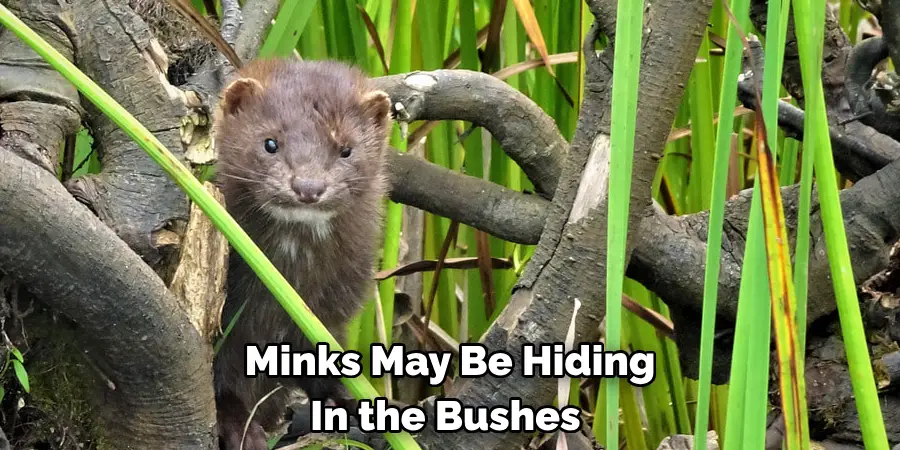
4. Set Traps:
Live traps or lethal traps are another option to get rid of minks. Live traps allow you to capture the mink and relocate it to a more suitable habitat, while lethal traps will kill the animal. Make sure to check local regulations before setting any traps and use them with caution to prevent accidentally harming other animals. Setting traps near potential food sources or in areas with mink activity can increase the chances of success.
5. Use Predators:
Introducing predators like dogs, cats, and birds of prey to your property can help keep minks away. Minks are naturally afraid of these animals and will avoid areas where they are present. If you have pets, make sure to supervise them when they are outside as minks can still pose a threat to smaller animals. Also, consider installing motion-activated sprinklers or lights to scare off minks. Using predators as a form of pest control can also benefit the local ecosystem.
6. Keep Your Property Clean and Tidy:
Minks are attracted to areas with potential hiding spots, so keeping your property clean and tidy can discourage them from sticking around. Trim any overgrown bushes or shrubs, remove debris and clutter, and seal off any openings or gaps in buildings where they may seek shelter. Regularly cleaning up fallen fruits and vegetables in your garden can also reduce the chances of minks being attracted to your property.
7. Use Repellents:
There are various natural and commercial repellents available that can help keep minks away from your property. Some common natural repellents include fox or coyote urine, hot pepper spray, and ammonia-soaked rags. Commercial repellents often contain ingredients like predator urine, castor oil, or garlic oil. Make sure to reapply these repellents regularly, especially after rain. Using a variety of repellents can also increase their effectiveness.
8. Install Nest Boxes:
To prevent minks from accessing bird nests on your property, consider installing nest boxes in trees or other elevated areas. This will provide a safe and secure nesting spot for birds, preventing minks from preying on them. Make sure to regularly clean and maintain the nest boxes to keep them in good condition. Installing bird feeders near the nest boxes can also attract birds and increase their chances of using the nesting spot.
9. Use Natural Barriers:
Minks are skilled swimmers, but natural barriers like streams or deep water bodies can be effective in keeping them away from your property. Consider creating a moat around your property by digging a trench and filling it with water. This will prevent minks from accessing your property, but make sure to also install fencing around the moat to prevent them from digging or climbing out. This is one of the more extreme measures, but it can be effective in keeping minks away.
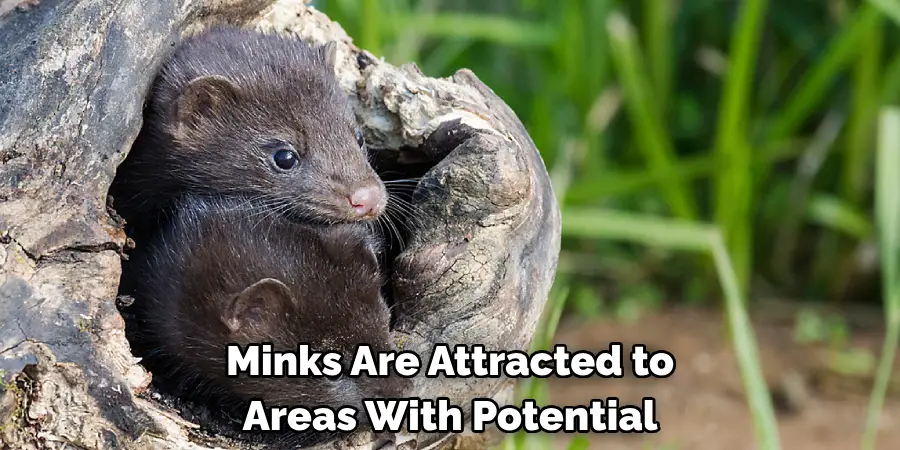
10. Hire a Professional:
If you’re dealing with a persistent mink problem and are unable to get rid of it on your own, consider hiring a professional pest control service. They have the experience and knowledge to handle mink infestations safely and effectively. Make sure to choose a reputable and licensed company that uses humane methods of pest control. They can also offer advice on preventing future mink infestations.
11. Educate Others:
Lastly, educating others about the importance of coexisting with wildlife and the dangers of mink removal can help reduce conflicts between humans and animals. Many people are unaware of the role that minks play in their local ecosystem and may not realize the harm they can cause by trying to get rid of them. Encourage others to take preventative measures rather than resort to lethal methods. By working together, we can create a more harmonious environment for all creatures, including minks.
Following these strategies can help you effectively prevent minks from causing damage to your property and keep them away in a humane manner. Remember to always prioritize the safety of both yourself and the animal when dealing with pest problems. By implementing these methods, you can coexist peacefully with minks while also protecting your property. So, if you come across a mink on your property, don’t panic. Instead, use these strategies to deter them and enjoy the beauty of this often misunderstood animal from a distance. So go ahead and put these methods into practice and coexist with wildlife responsibly and sustainably! Happy mink-proofing!
Additional Tips and Tricks to Get Rid of Minks
1. If you have a garden, make sure to keep it tidy and free of debris. Minks are attracted to garbage and can easily hide in bushes or tall grasses.
2. Check for any openings around your house that minks could use as entry points. This includes holes in walls, gaps under doors, or open vents. Seal these areas off with wire mesh or concrete.
3. If you have a pond or water feature in your yard, make sure to secure it with a fence or netting. Minks are excellent swimmers and can easily catch fish and other aquatic creatures.
4. Keep your garbage cans tightly sealed and remove any fallen fruit from trees to prevent minks from being attracted to your property.
5. Place motion-activated lights or sprinklers around your home to scare off any minks that may be lurking in the darkness.
6. If you have pets, make sure to keep them indoors at night. Minks are known to attack and kill small animals such as cats and chickens.
7. Keep a watchful eye on your surroundings when walking or jogging near bodies of water, as minks may be hiding in the bushes or under bridges.
8. If you have a compost pile, make sure to cover it with a tight lid or use wire mesh to prevent minks from scavenging for food.
9. Consider installing a humane trap if you suspect there is a mink on your property. Once caught, contact animal control for assistance in safely removing and relocating the mink.
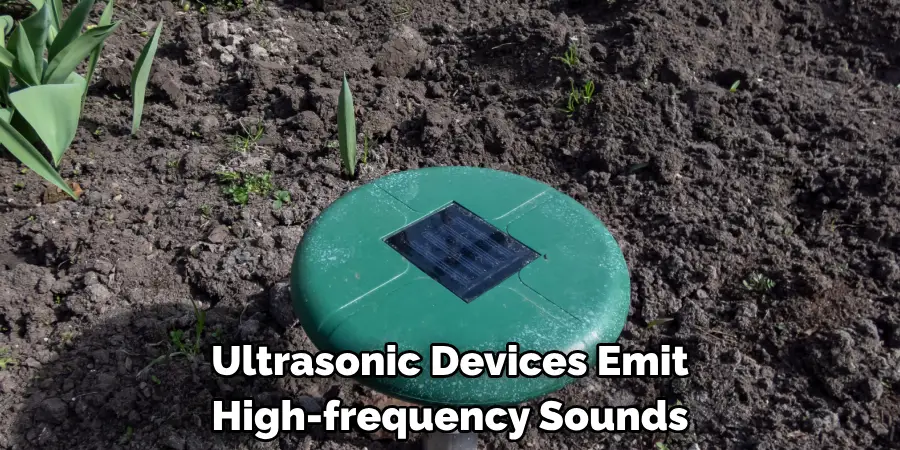
10. Consult with a professional pest control company for more tips and strategies on keeping minks away from your property.
By following these additional tips and tricks, you can effectively prevent minks from causing damage to your property and ensure the safety of your family and pets. Remember, minks are wild animals and should be treated with caution. If you encounter a mink on your property, it is best to keep a safe distance and contact animal control for assistance. Together, we can create a safer environment for both humans and wildlife. So, it is important to take proper precautions and be aware of your surroundings to keep minks at bay. Happy mink-proofing!
Things You Should Consider to Get Rid of Minks
1. Before attempting to get rid of minks, it’s important to know what is legal in your area. Some countries or states have specific regulations on how to handle invasive species such as mink. Make sure to research and follow all laws and guidelines before taking any action.
2. One effective way to get rid of minks is by using live traps. These traps are designed to catch the mink without harming them, allowing you to safely relocate them away from your property. You can purchase or rent live traps from many hardware stores or online retailers.
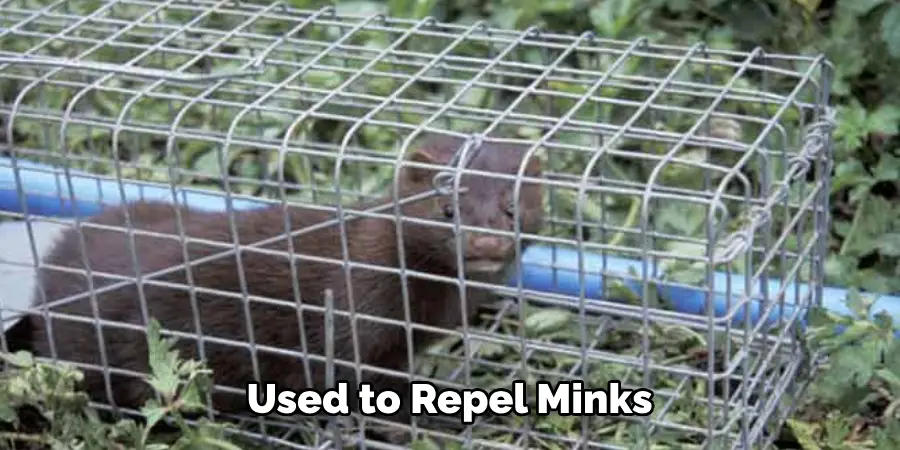
3. Another option is to hire a professional pest control company that specializes in wildlife removal. They have the knowledge and experience to safely and effectively remove minks from your property.
4. If you choose to handle the removal yourself, make sure to wear protective gear such as gloves and a face mask, as minks can carry diseases. Also, be cautious when handling the trapped animal and carefully release it in a safe location away from human activity.
5. It’s important to not only remove the minks from your property but also to prevent them from returning. This can be done by securing any potential entry points such as holes in fences or gaps in buildings. Keeping food sources, such as garbage cans and pet food, tightly sealed can also help deter minks.
6. Removing minks may require patience and persistence, as they are intelligent and adaptable animals. It’s important to regularly check the live traps and make any necessary repairs or adjustments to ensure they remain effective.
7. In addition to physical methods, some deterrents can be used to repel minks from your property. These may include motion-activated sprinklers, ultrasonic devices, or natural repellents such as predator urine or peppermint oil.
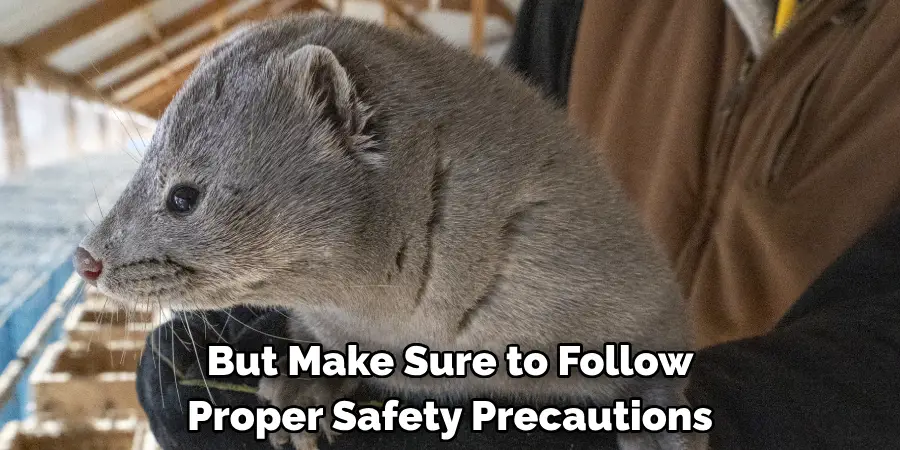
8. It’s important to note that eradicating minks from an area may not be possible, as they can reproduce quickly and travel long distances. However, by implementing preventative measures and consistently monitoring your property, you can greatly reduce the presence of minks.
9. In some cases, it may be necessary to seek assistance from local wildlife authorities or conservation groups. They may have additional resources or strategies for effectively managing mink populations in your area.
10. Remember, when dealing with any wildlife, it’s important to approach the situation with caution and respect. Minks may be considered pests, but they are still living creatures that deserve humane treatment.
Following these considerations can help you successfully get rid of minks and maintain a safe and healthy environment for yourself and your community. So, be mindful of the methods you use and always prioritize the well-being of both humans and animals. Stay informed about any updates or changes in regulations, and consider reaching out for professional assistance if needed. With determination, patience, and responsible actions, you can effectively manage and minimize the presence of minks in your area.
Frequently Asked Questions: How to Get Rid of Minks
What Are Minks and Why Should They Be Removed?
Minks are predatory mammals that are not native to most parts of the world. They were originally found in North America, but have since been introduced to other regions for their valuable fur. Minks can cause significant ecological damage, as they prey on a wide range of animals including fish, birds, and small mammals. They are also known to spread diseases and compete with native species for resources. As a result, many efforts have been made to remove minks from areas where they do not belong.
How Can You Identify Minks?
Minks are small, semi-aquatic creatures with dark brown or black fur. They have a long body, short legs, and webbed feet that make them excellent swimmers. Minks also have a distinct white patch under their chin and can range from 40 to 70 centimeters in length. They are often mistaken for weasels or otters, but their smaller size and unique coloring help differentiate them.
What Methods Are Used to Remove Minks?
There are various methods used to remove minks, depending on the location and scale of the infestation. Some common methods include trapping, shooting, and using dogs to hunt minks. In some cases, conservationists may also use non-lethal methods such as relocation or sterilization. It is important to note that these methods should only be carried out by trained professionals to ensure safety and effectiveness.
Why Is It Important to Remove Minks?
Apart from the ecological damage that minks can cause, their presence in non-native regions can also lead to significant economic impacts. For example, minks are known to raid chicken coops and fish farms, resulting in financial losses for farmers. They can also negatively impact native species by competing for resources and spreading diseases. Removing minks helps restore balance to the ecosystem and protect native species.
What Are Some Challenges in Removing Minks?
Removing minks can be a challenging and time-consuming process. Due to their small size and elusive nature, they can be difficult to spot and catch. Additionally, minks are known for their ability to adapt quickly, making it harder to control their population. In some cases, removing minks can also have unintended consequences on the ecosystem, especially if other species rely on them as a food source. As such, careful planning and constant monitoring are necessary for successful mink removal efforts.
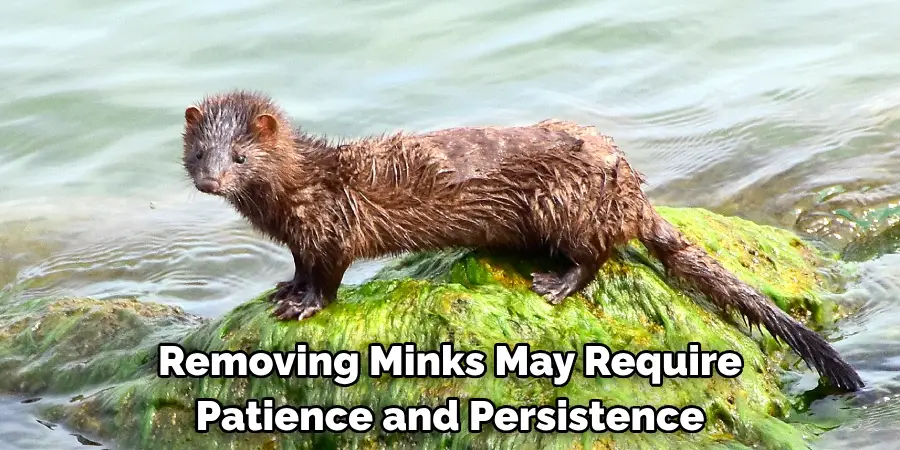
Conclusion
Knowing how to get rid of minks is important for protecting the environment and native species. It is crucial to properly identify minks and use effective methods to remove them, while also considering potential challenges and unintended consequences. By working together with trained professionals, we can successfully manage and control mink populations in non-native regions. Let’s all do our part in preserving the balance of our ecosystems by removing invasive species like mink. Overall, it is important to prioritize the removal of minks in areas where they do not belong to protect our environment and livelihoods. So, stay vigilant and take necessary actions if you suspect the presence of minks in your area!

